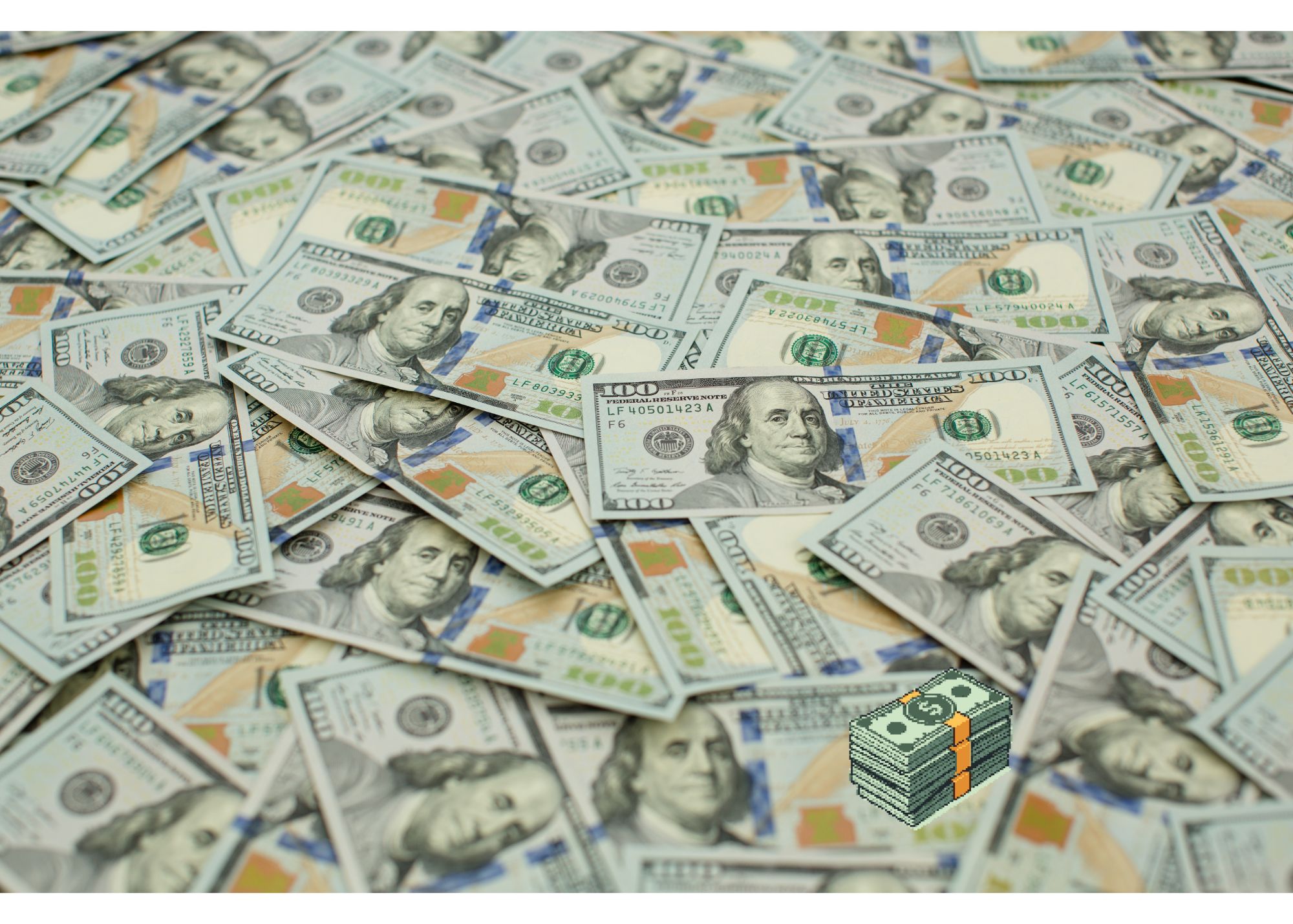Will Uber Ever Be Profitable?
Uber’s reputation has taken it to the very heights of the ride-hailing industry. The company has a presence in more than 10,000 cities, and partners with over 22,800 workers across 72 different countries.
And yet, for a business with such a formidable global footprint, the firm’s market cap of around $45 billion seems somewhat underwhelming.
Perhaps there’s a reason for this. Uber has always had an image problem with investors, stemming principally from its stubborn inability to deliver any kind of meaningful profit over the years. Yes, the company previously posted what it defined as its first net positive “adjusted” EBITDA in the third quarter 2021 – although some would say that that’s more of an achievement in creative accounting than anything else.
Financial adjustments aside, Uber’s never come close to making money when measured against its crucial GAAP bottom-line. Strangely enough, the nearest it’s ever been is right now, when, after its last earnings report, the company’s trailing twelve month (TTM) EBITDA came in at a negative $1.92 billion.
That’s hardly anything to boast about, and it’s thoroughly understandable why investors would be so frustrated right now. All that being said, the same metric was negative $8 billion this time two years ago, so that’s significant improvement at least.
It Only Gets Worse
If Uber’s unorthodox attitude toward profit-making leaves you cold, there’s even less consolation to be had when it comes to capital allocation.
The company’s return on assets (ROA) is abysmal, with a trailing twelve month ROA of -19.26%. This means that for every $1 Uber invests, the firm actually loses 19.26 cents. The situation is even more depressing when you consider its net income margin, which is -29.52%.
To drill down a little deeper on this metric, you can see that Uber has actually wasted a lot of cash on unproductive ventures lately. The firm’s prior foray into the lucrative China market turned out to be a notable disaster; the business made a whopping $3 billion unrealized loss on the sale of its business there to vehicle hire company DiDi. DiDi has seen its share price fall over 70% this year, and Uber, with its 12% stake in the firm, has suffered accordingly.
There’s Still Hope For Investors
So, the bear thesis for Uber is simple. The company is unprofitable, and has a penchant for throwing away money. If that sounds bad, there is a positive case that can be made for the business – and one that, ultimately, might even negate the naysayers.
Uber’s redeeming feature is its astronomically high revenue growth. In the last year, the firm improved its TTM top-line by 98%. If revenue projections are right, a further increase of 48% over the next two years should be expected.
In fact, results for the first quarter 2022 were even more impressive. The business reported revenue growth of 136% for the period, taking its total sales for the three months to $6.9 billion. Gross bookings were also up 35% for the year at $26.4 billion.
Furthermore, it’s encouraging that Uber’s other segments are also starting to perform well now, thus reducing its reliance on its core ride-hailing operation for income. For instance, Uber Eats is undergoing a major international expansion at the moment, with the franchise likely to be available to customers in 70 cities around Germany by the end of this year.
There’s also news of a partnership with Japan’s largest e-commerce player, Ratuken, which will see the Uber Eats app offered to the company’s 111.4 million customers.
Even if investors choose to discount Uber’s excellent top-line, the business still retains the hallmarks of what made it such a great prospect to begin with: it enjoys substantial network effects from the sheer size of its operation and the business remains sticky due to high switching costs for users.
Conclusion
Sometimes a company’s own growth aspirations actually dampens its ability to realize that growth. Uber sought to expand its reach with big-name acquisitions, especially in territories like China where it thought there was ample market share to be captured.
However, in so doing, the firm only scuttled its attempts to deliver a positive bottom-line. If it can learn the lessons from those failures, there’s hope that it could one day turn a profit. But the longer it takes for that day to arrive, the less likely shareholders are going to want to stick around to find out.



